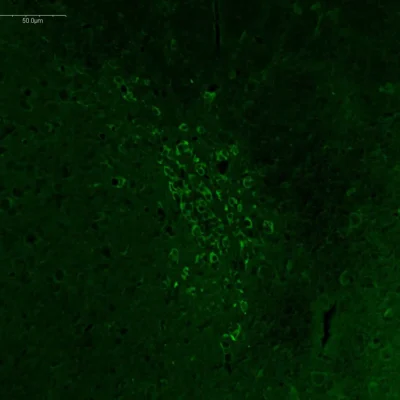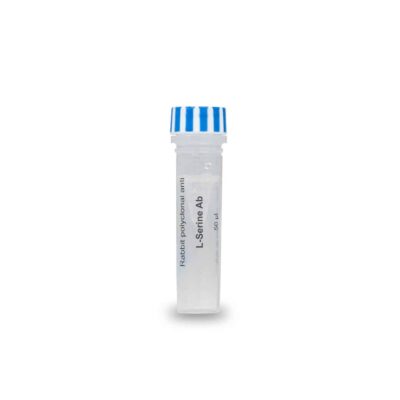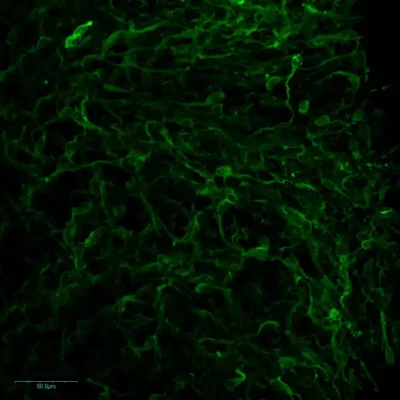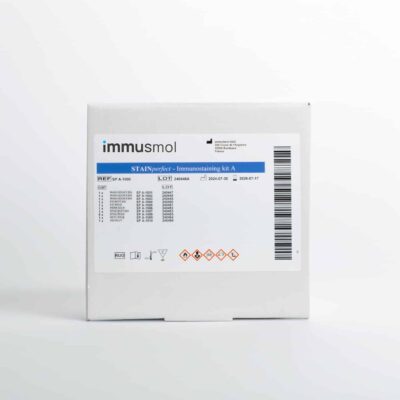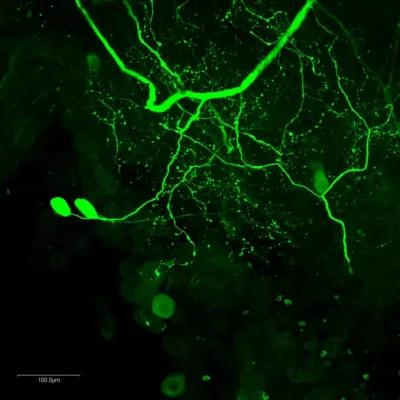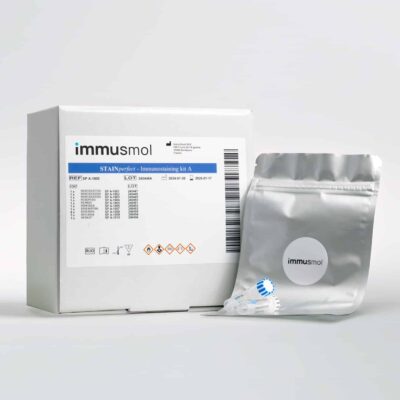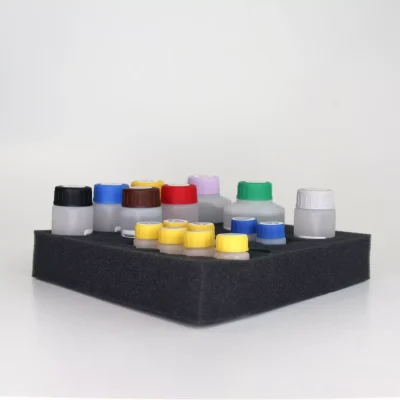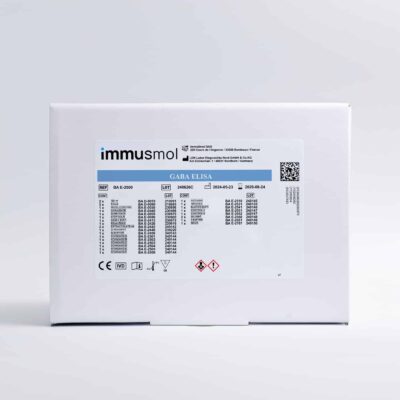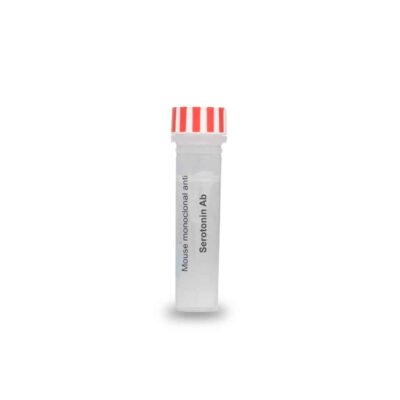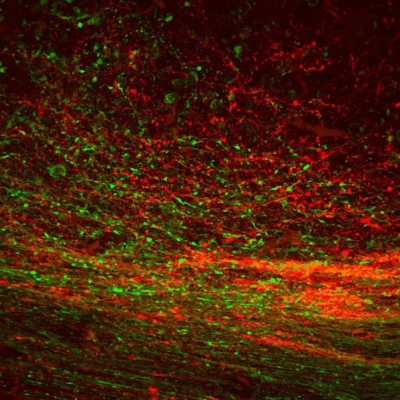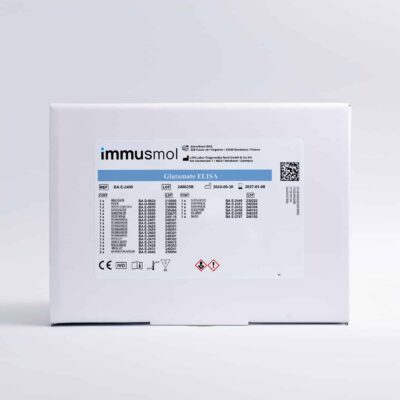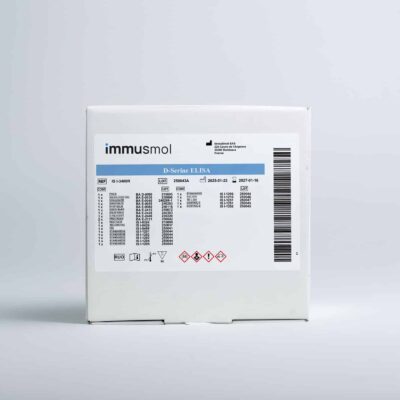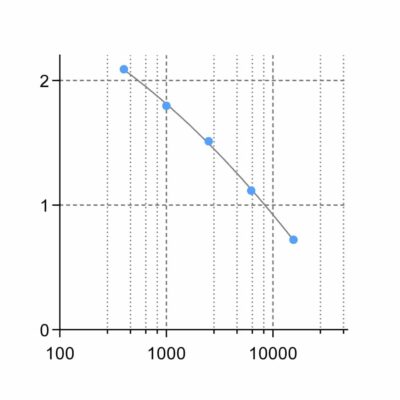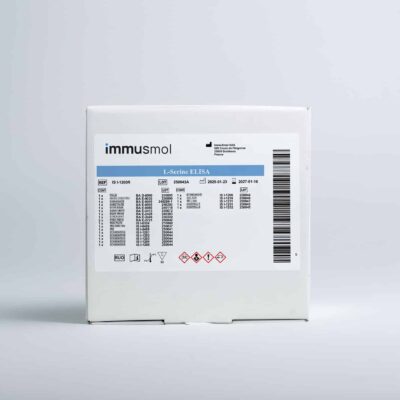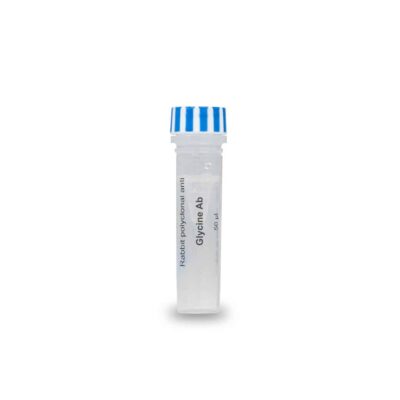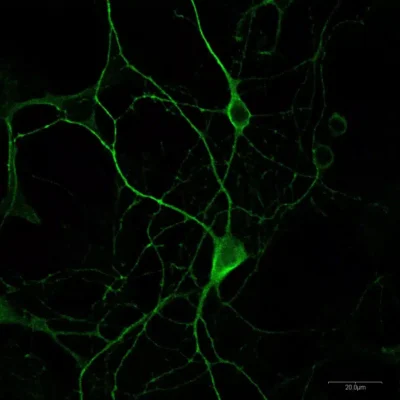& immunostaining kits for L- & D-Serine imaging
Anti-Serine antibodies
Several host species for easy multiplexing
Imaging Serine & other neurotransmitters ?
Use our STAINperfect immunostaining kit for great results
Serine-related products
ImmuSmol offers highly specific polyclonal antibodies targeting both enantiomers of serine—L-Serine and D-Serine—designed and validated for immunofluorescence applications in neuronal and brain tissue contexts. These antibodies represent the first of their kind, enabling precise and reliable detection of L- and D-Serine in situ, when combined with the STAINperfect immunostaining kit.
The IS1003 L-Serine Antibody is a rabbit polyclonal reagent specifically validated for immunofluorescence in primary neurons and brain tissue. Its rigorous validation ensures robust and selective recognition of the L-enantiomer in diverse neurobiological preparations.
Equally pioneering, the IS1004 D-Serine Antibody is a rabbit polyclonal probe uniquely validated for immunofluorescence of D-Serine in brain tissue. Given D-Serine’s pivotal role as an NMDA receptor co-agonist and its involvement in synaptic plasticity and neuropathological conditions, this antibody is an essential tool for precise enantiomer-specific imaging.
Together with the STAINperfect immunostaining kit, these antibodies facilitate high-resolution visualization of L- and D-Serine within cell cultures, tissue sections, and whole mounts. This integrated system provides researchers with a rigorous, reproducible method to localize and study serine distribution in physiological and pathological samples.
ImmuSmol further supports quantitative investigations by offering complementary L- and D-Serine ELISA kits, enabling rapid, sensitive measurement of serine levels across a variety of biological matrices, including plasma, serum, cerebrospinal fluid, and cell culture supernatants. This dual capability—precise imaging and accurate quantification—positions these reagents as powerful tools for advancing research into serine biology, from neural function to disease biomarker discovery.

